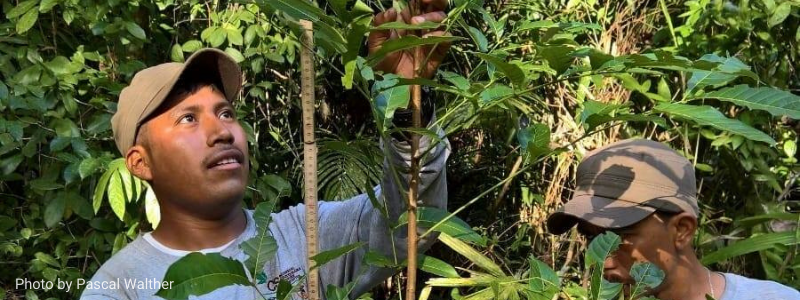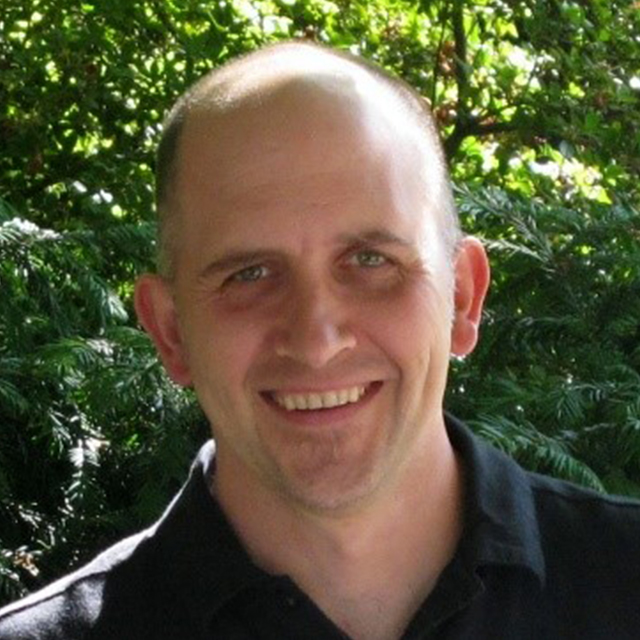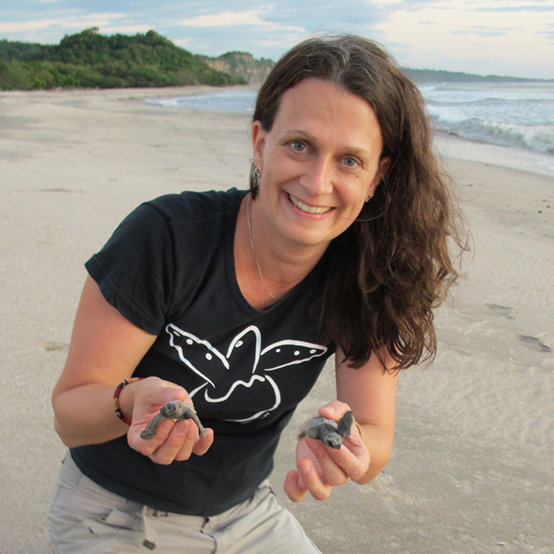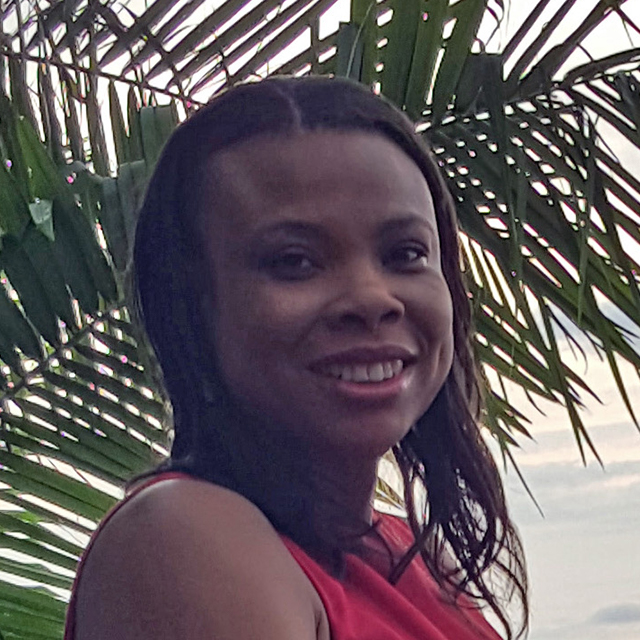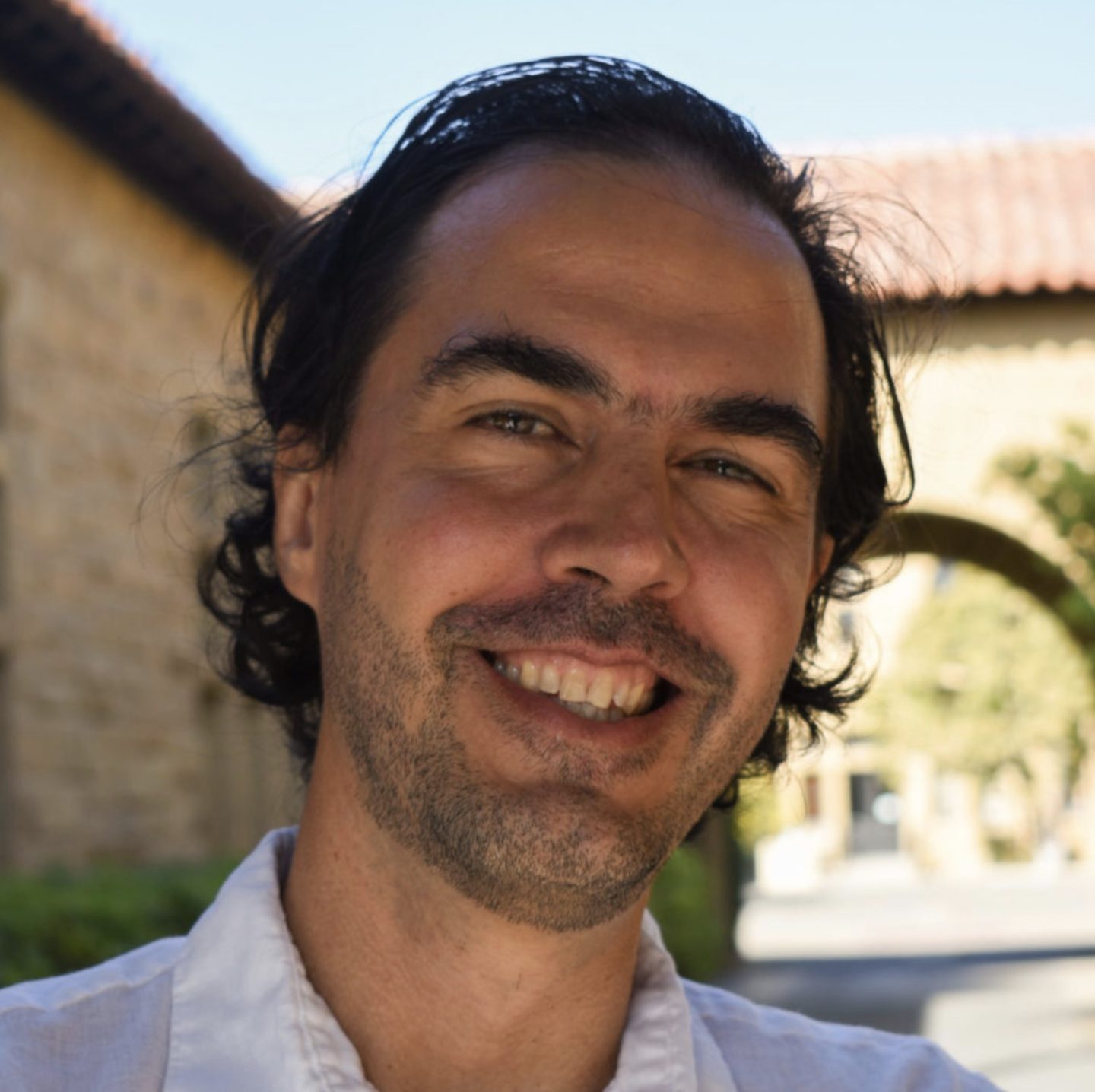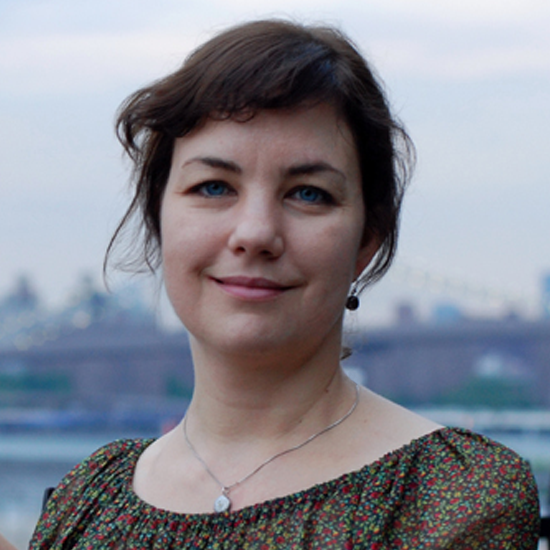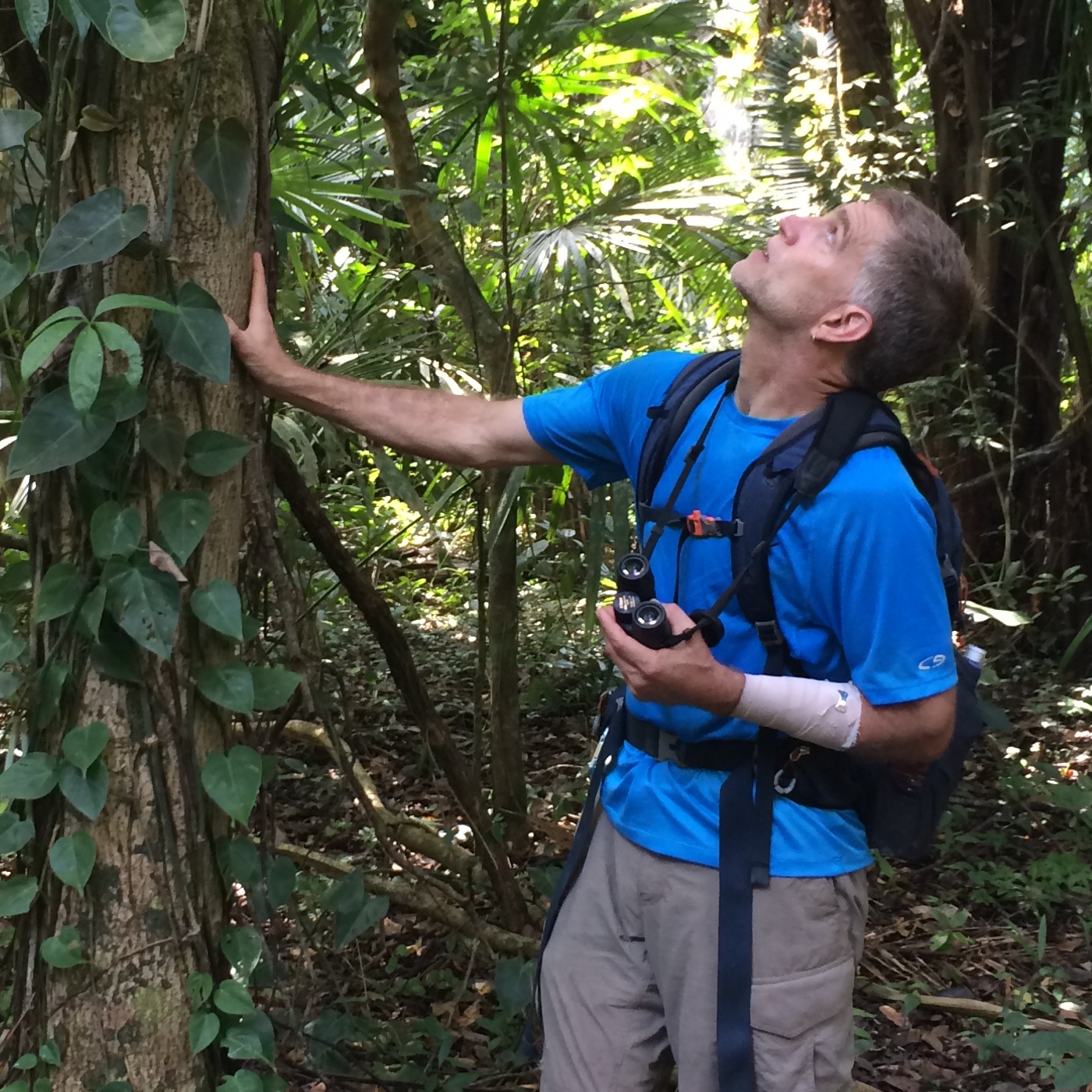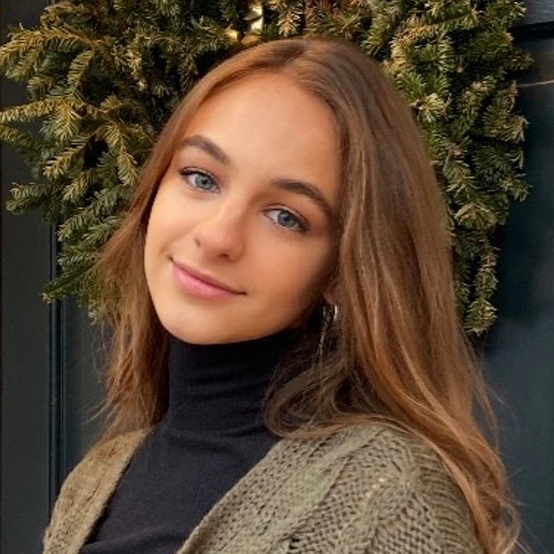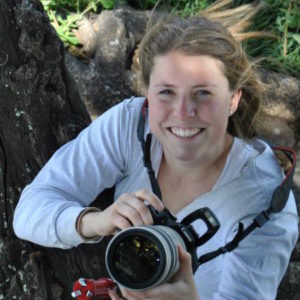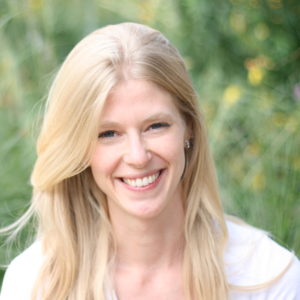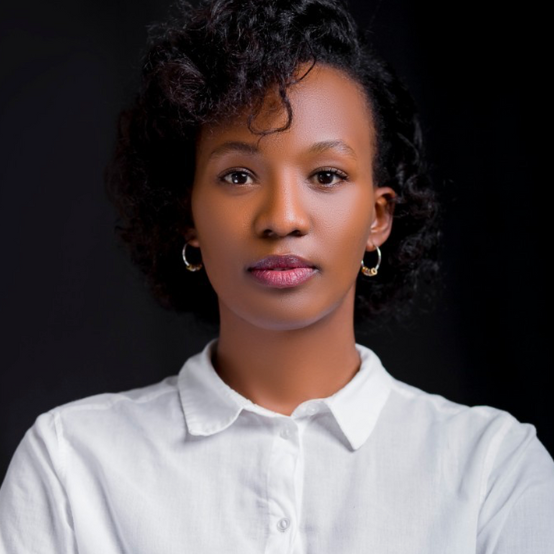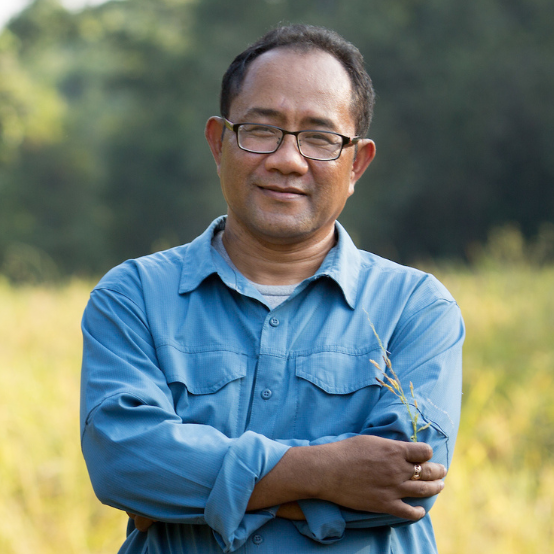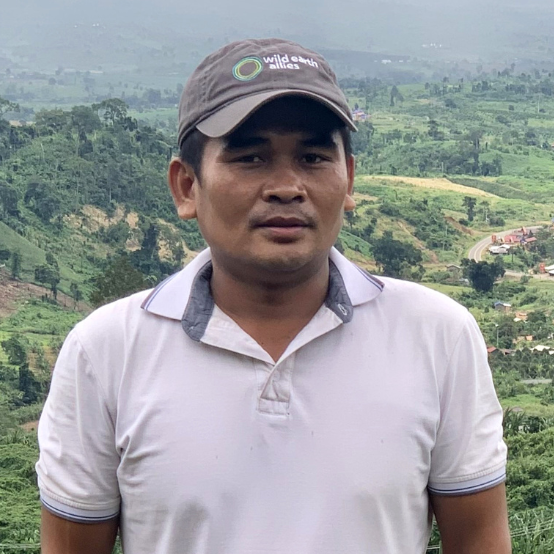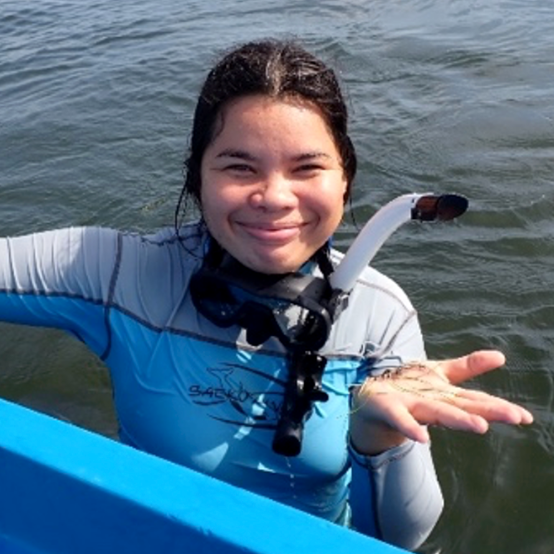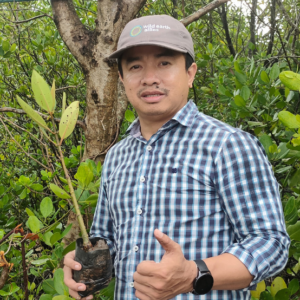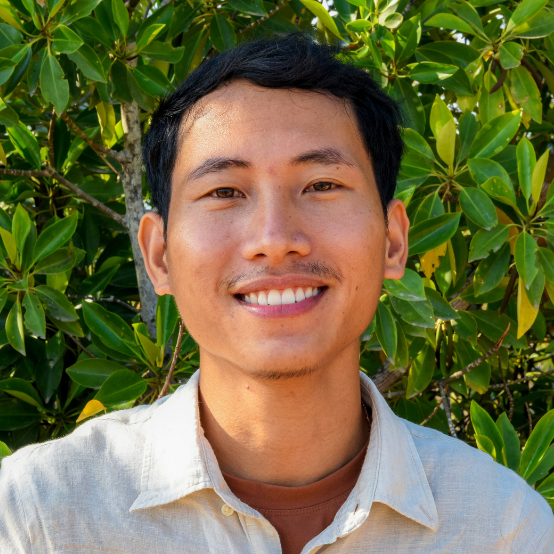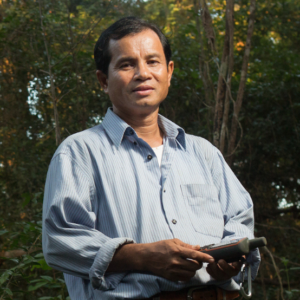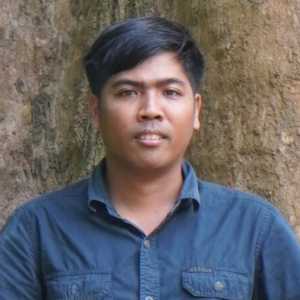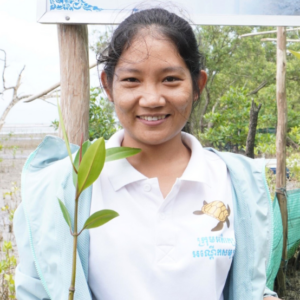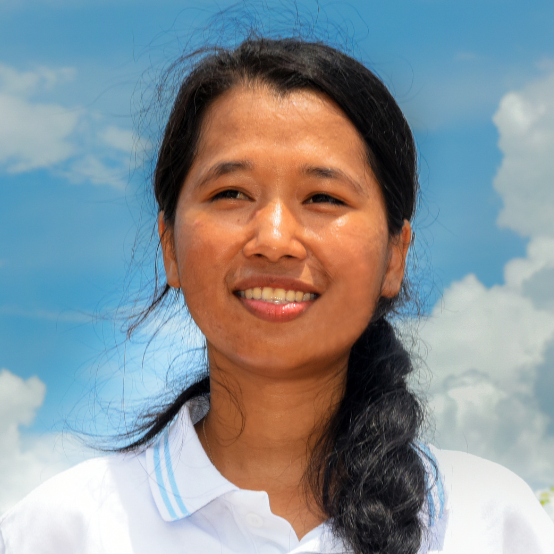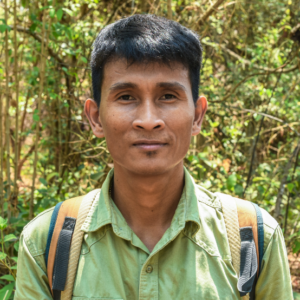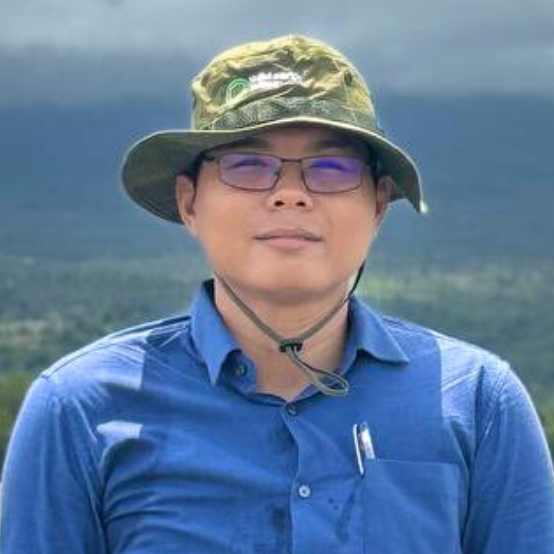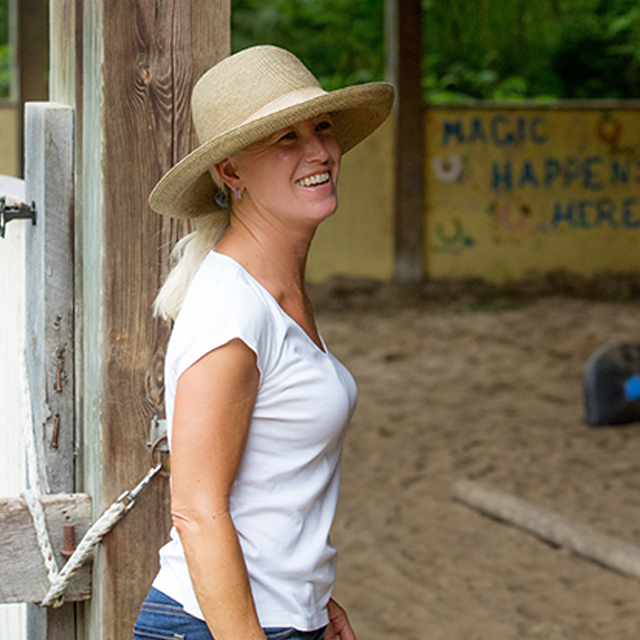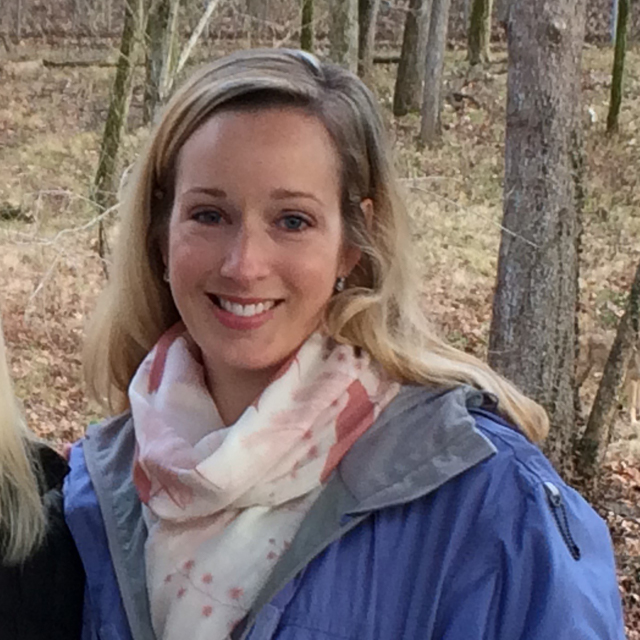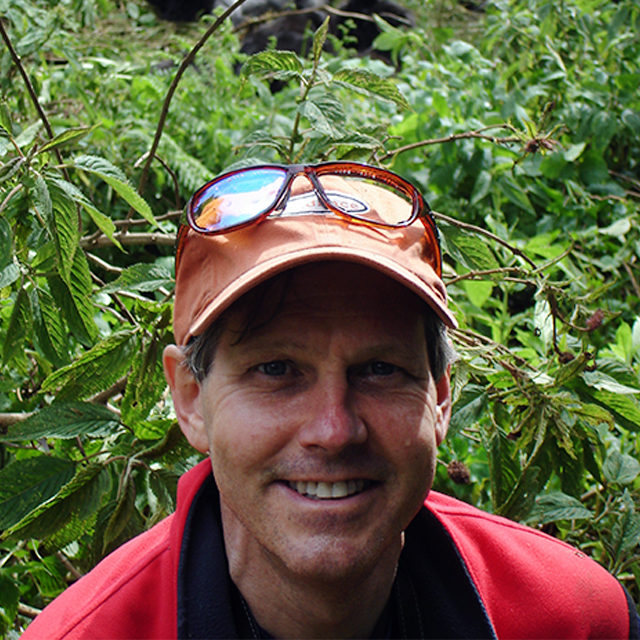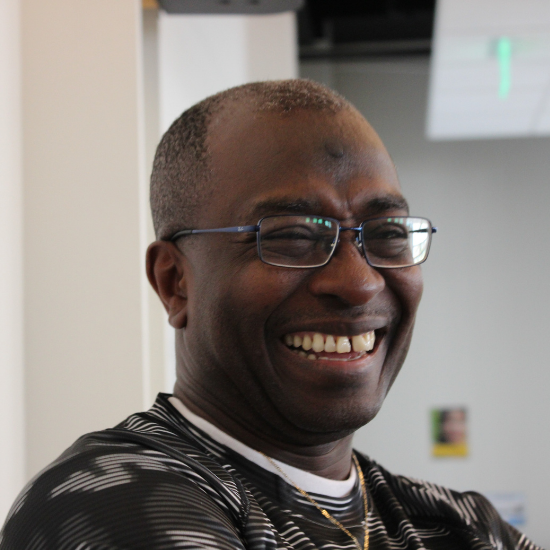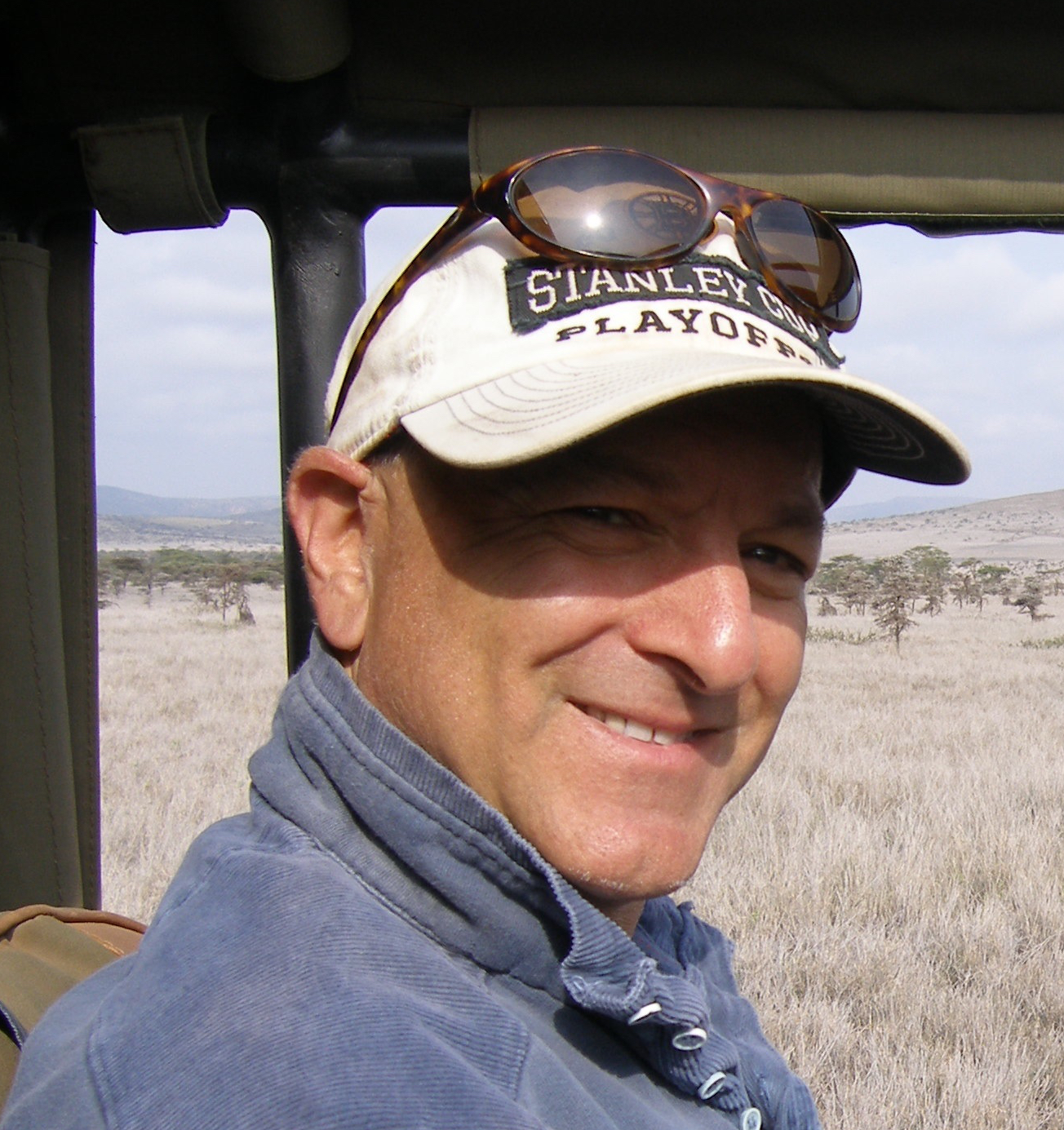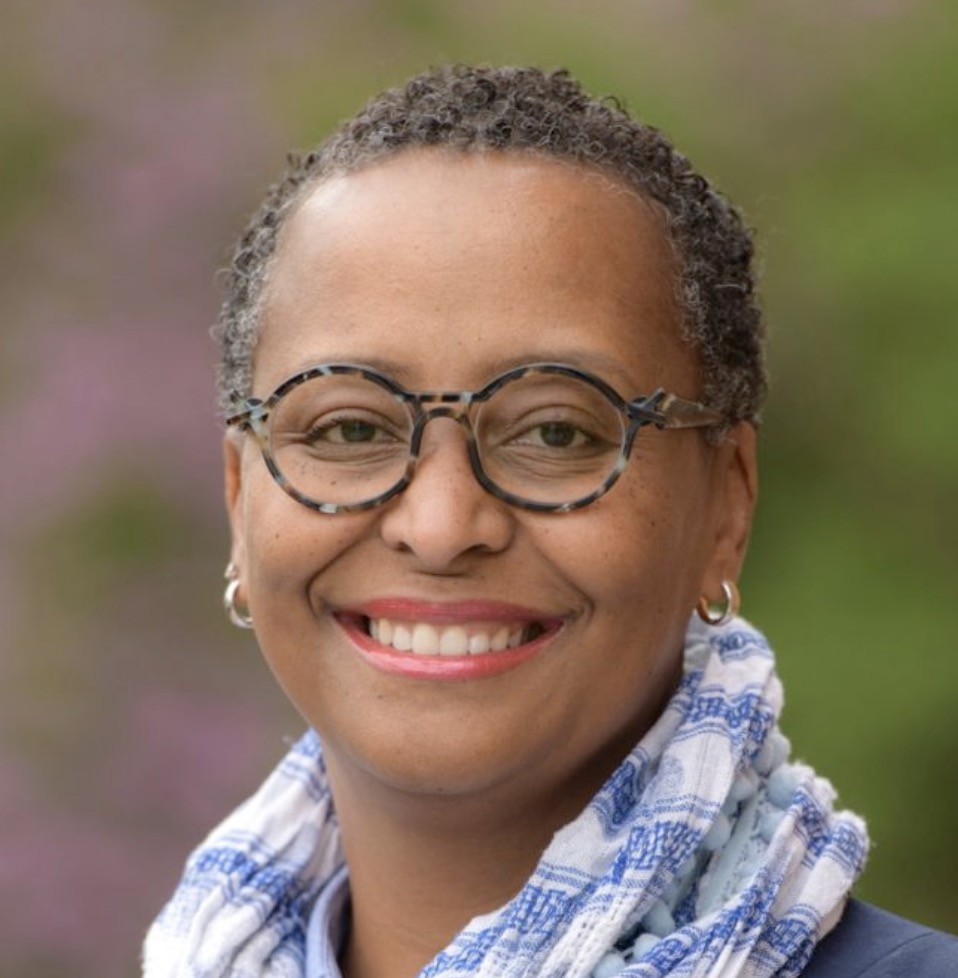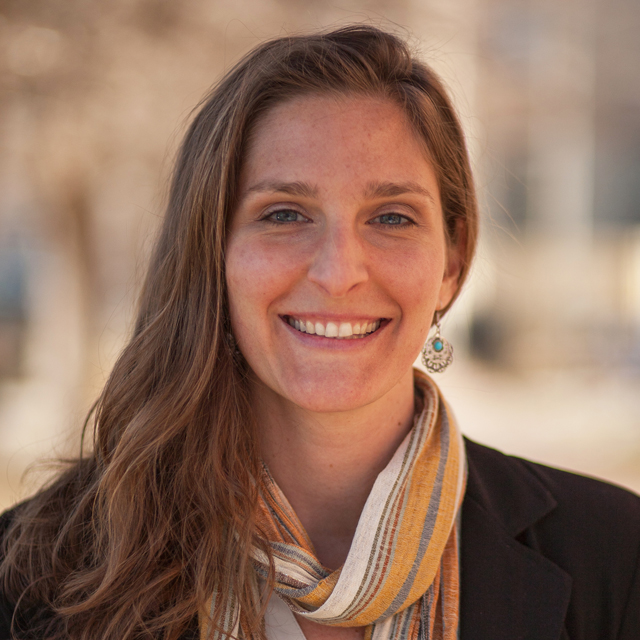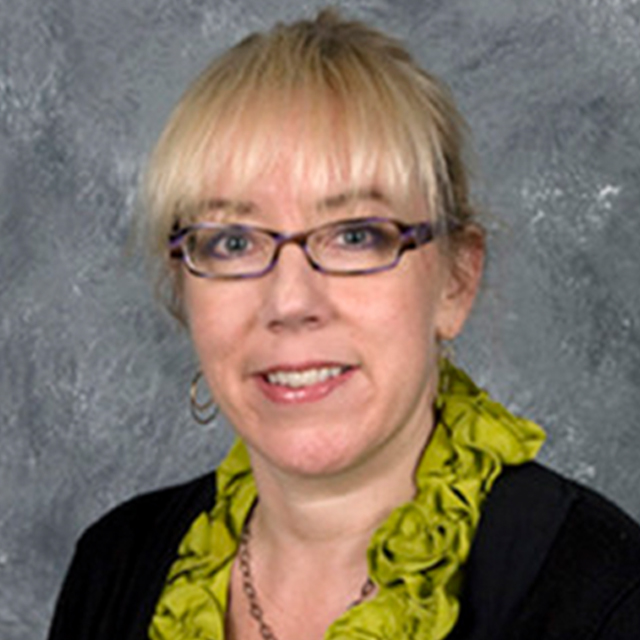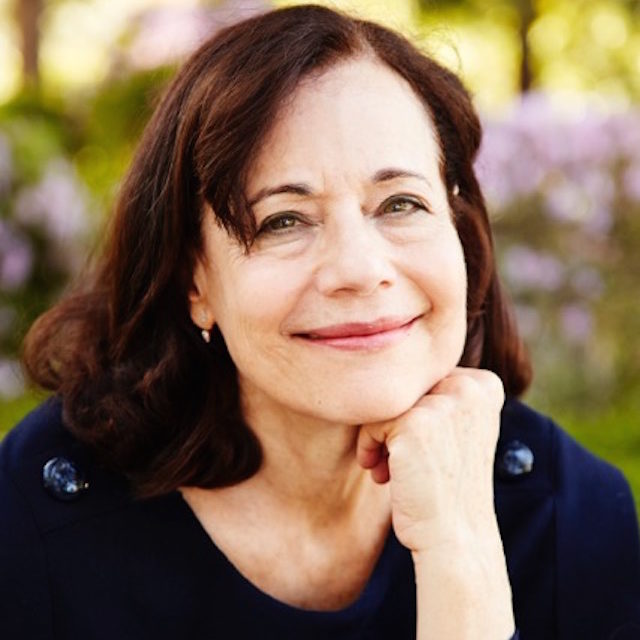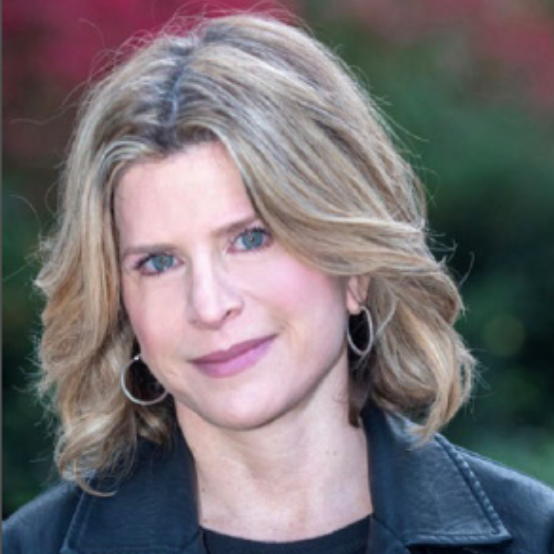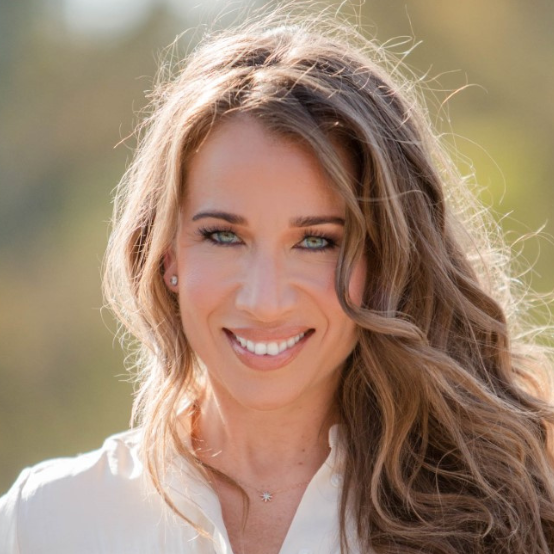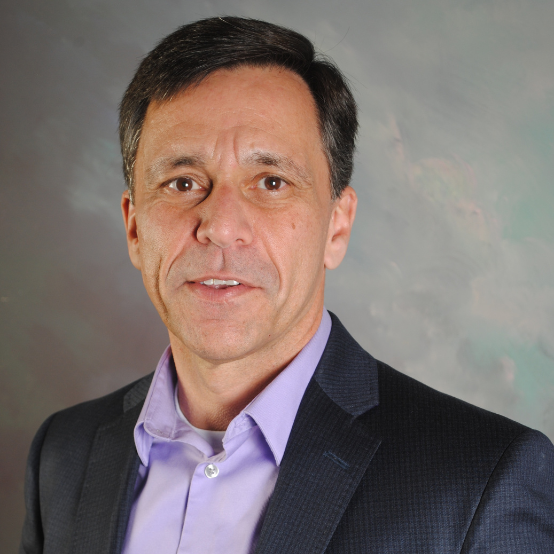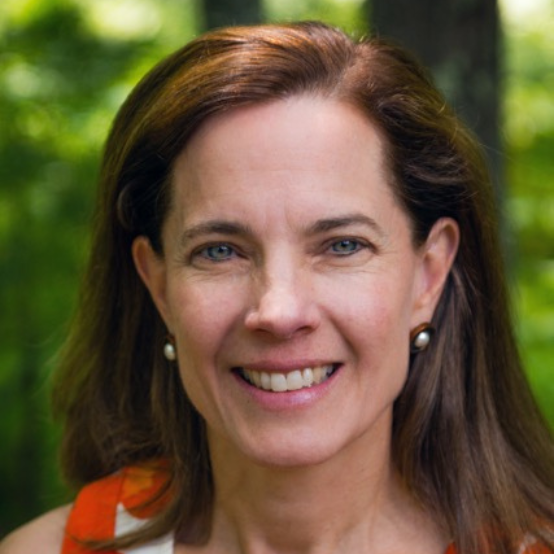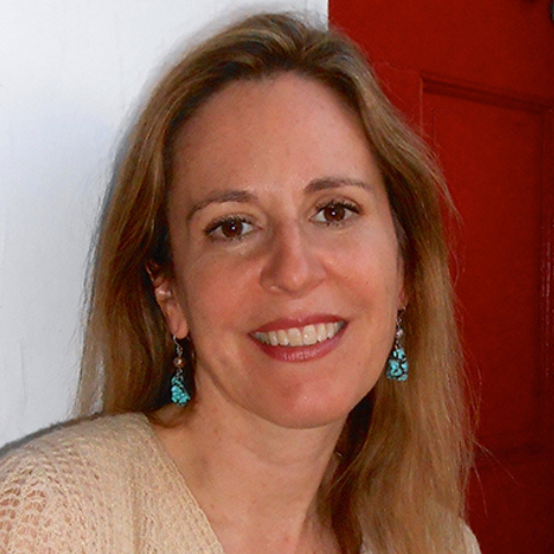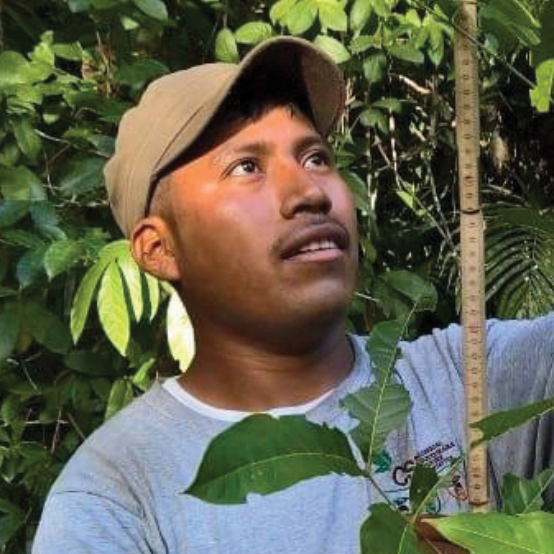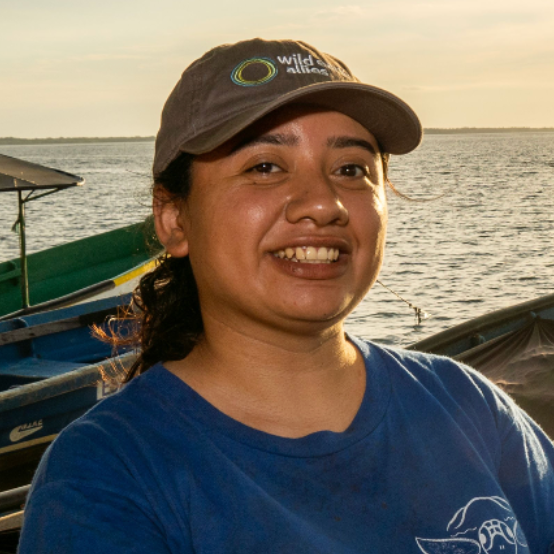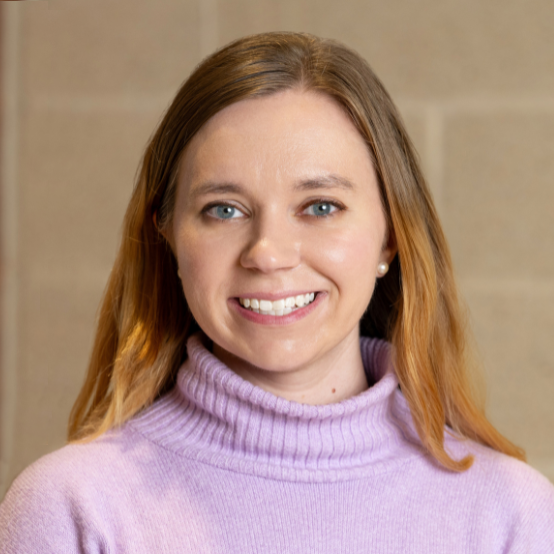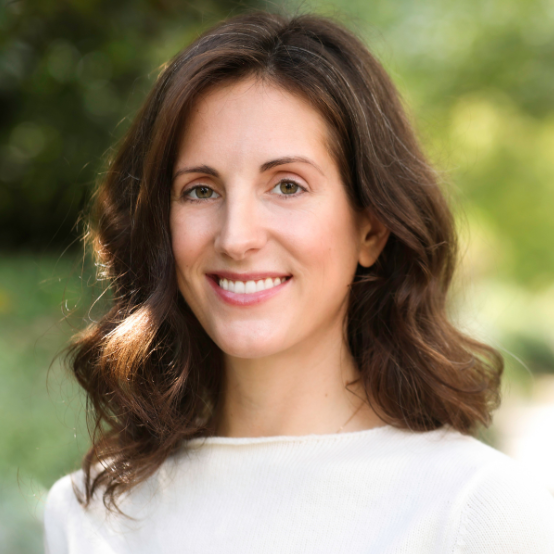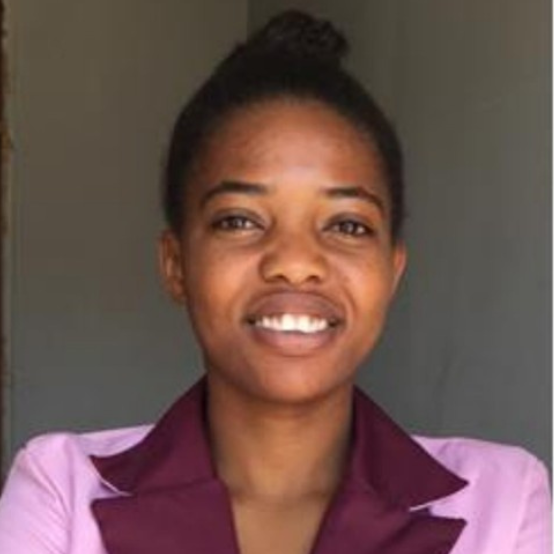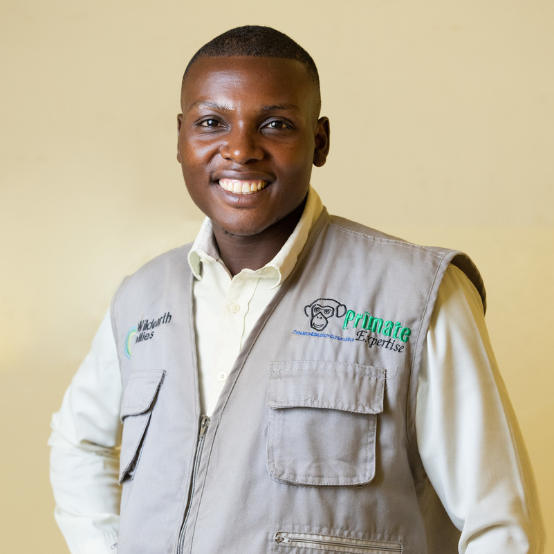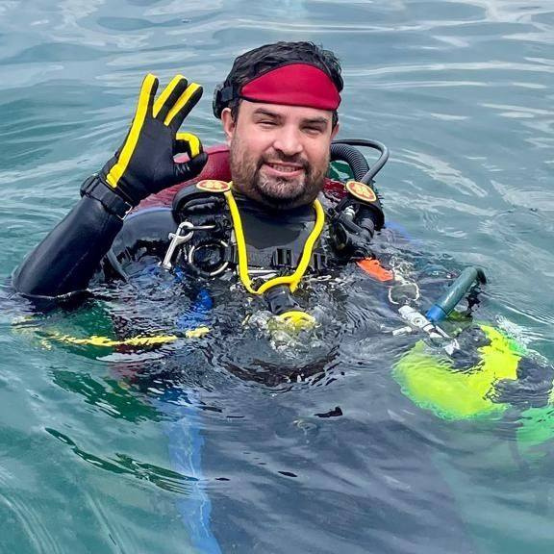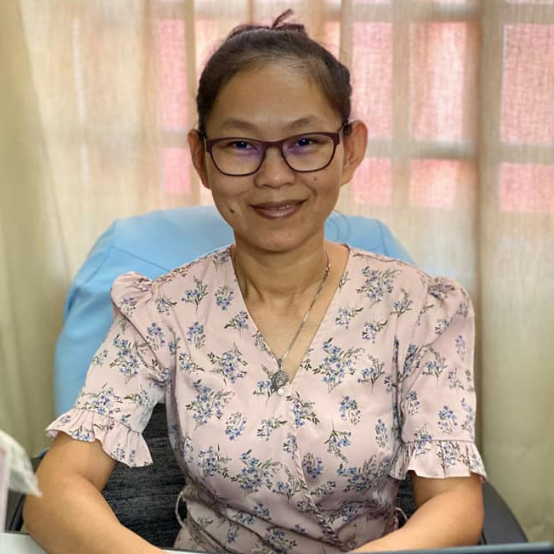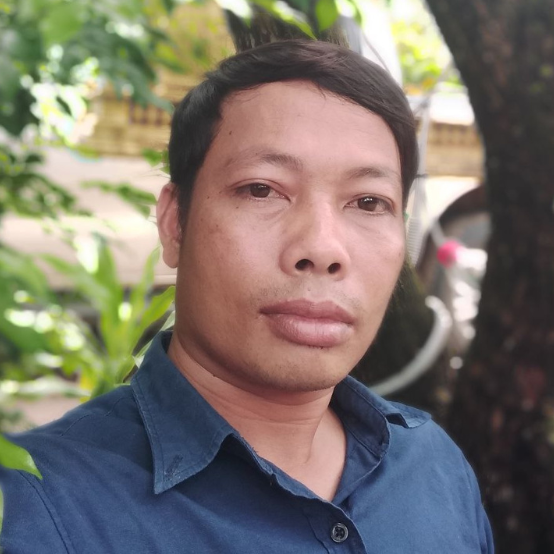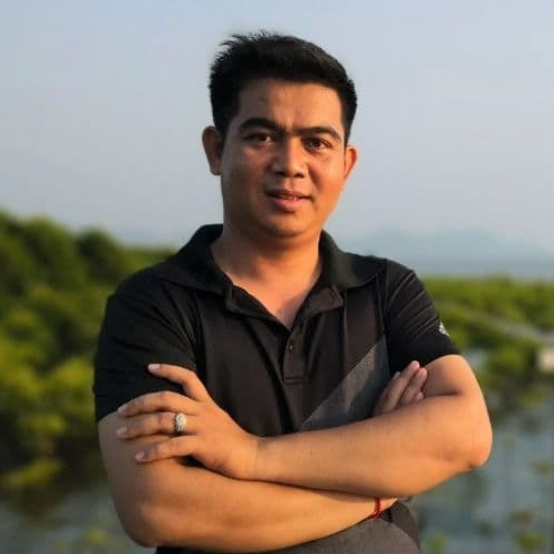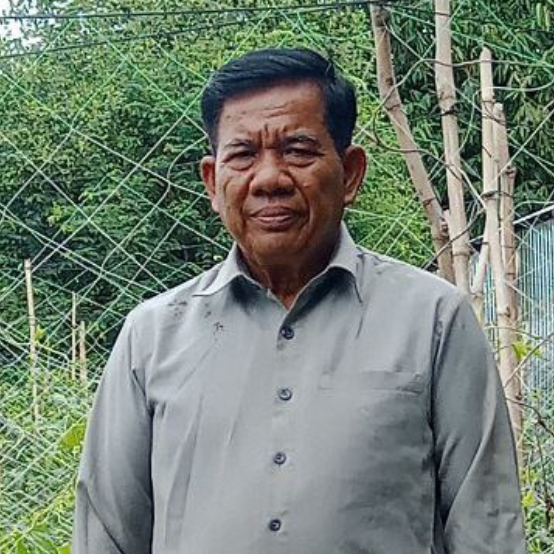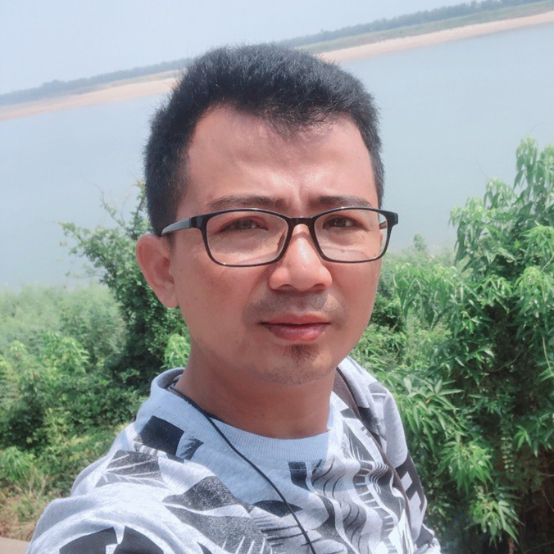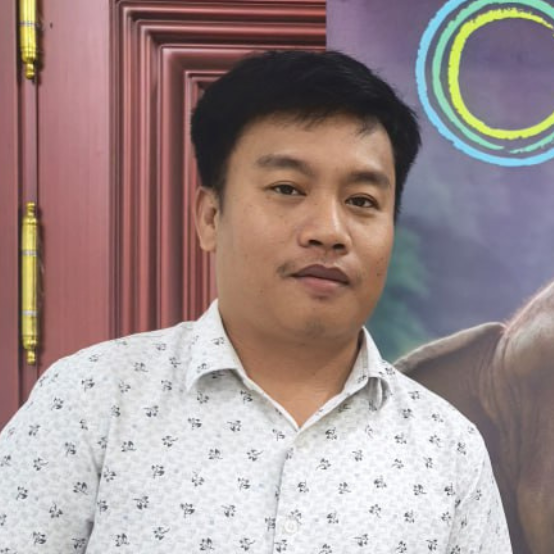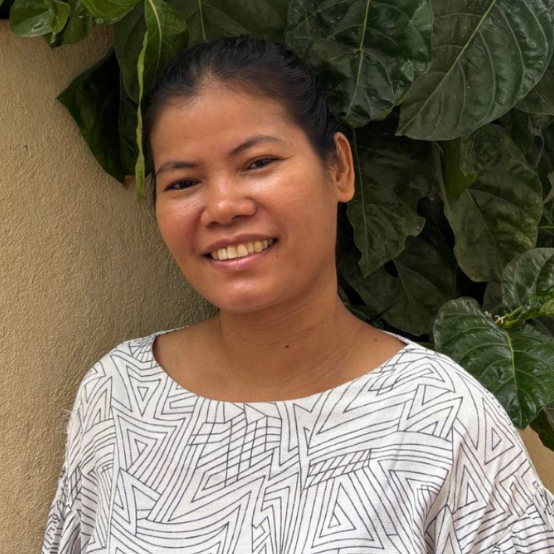Our Voices from the Field series is a behind-the-scenes look into the conservation efforts of our field teams and partners around the world. We believe protecting the planet begins with people and this series highlights talented practitioners and the work we do protecting our natural world, together.
Louis Peña is a talented biologist who is now contributing to the Trees of Belize project, a multi-year effort dedicated to growing and cultivating in-country expertise and interest in botany. Ultimately, we will create a comprehensive field guide, The Trees of Belize. Louis is currently employed by Bull Run Overseas Limited in Mountain Pine Ridge, Belize.
Continuing our Voices from the Field series, we spoke with Louis about his work and passion for conservation.
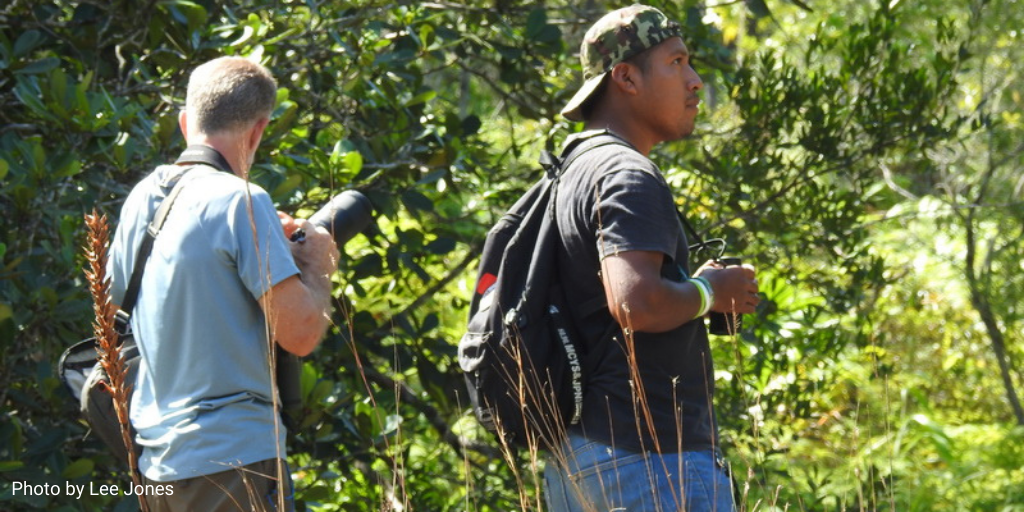
1. How did you become interested in biology and conservation?
In my childhood days, I spent a lot of time in the forest. I was always amazed by the colors, shapes and sounds of flora and fauna. I grew up in a single parent family, and I had to work in the field from an early age. My grandfather taught me a lot of plants, using Mayan names, and their uses. This is where my love for plants started.
The largest industry in my hometown, Corozal, Belize is sugarcane. As I grew up, I realized that with the increase in demand for sugar, more and more land was being cleared for agriculture. This made me realize that I should pursue a career that would give me the tools to help mitigate this problem.
I studied science throughout my career and shortly after graduating from Centro Escolar Mexico Junior College on the Biology and Natural Resources Management program, I got my first opportunity to work in conservation. This was a life changing experience for me. I fell completely in love with conservation. The fact that I could give nature something in return for the many things that it gives us made me smile every day.
At Corozal Sustainable Future Initiative, my previous workplace, I was introduced to bird watching. This is where my passion for plants and birds merged. Now they accompany me wherever I go, and I am always learning new things.
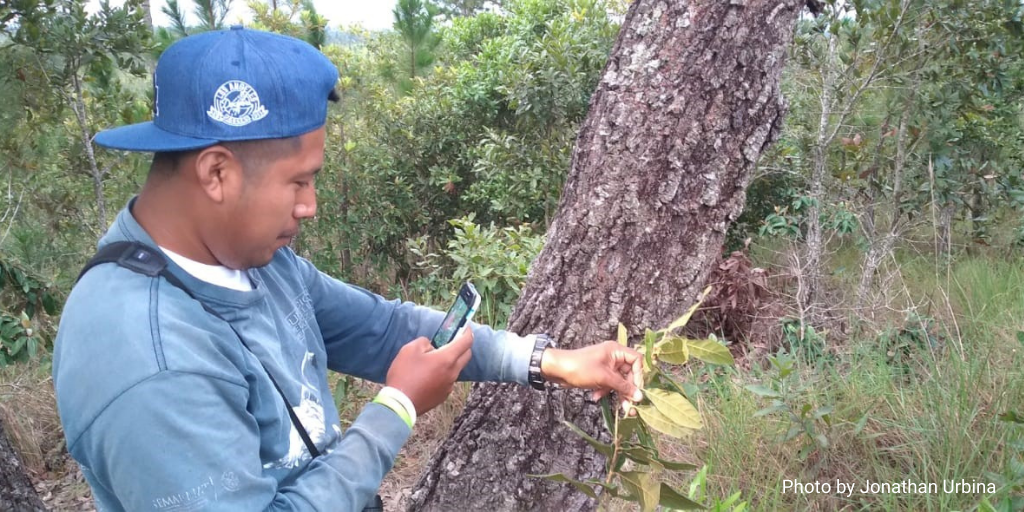 Louis documenting Quercus elliptica while conducting vegetation surveys.
Louis documenting Quercus elliptica while conducting vegetation surveys.
2. Do you have a favorite bird species? Favorite plant species?
This is a tricky question to answer. I love every single bird that I have seen. I believe that each one of them has a special role in nature, but coming from northern Belize, I have a special affection for the Yucatan endemic birds. My favorite ones include Yucatan Jay, Rose-throated Tanager, Gray-throated chat and Orange Oriole. It is hard to decide on only one.
Now with plants, I do have a special one, but it might change as I learn more. This is a spectacular vine called Vailia anomala that I encountered in Mountain Pine Ridge. It is not common to see flowers with green petals and the fact that it is star shaped, adds a lot to its beauty. Flower color and shape has always and will always continue to amaze me.
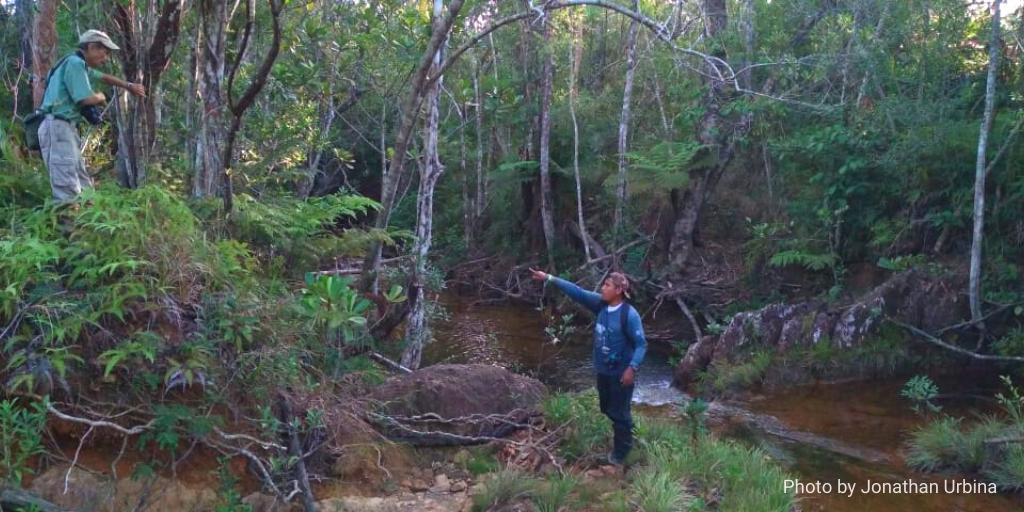 Louis (C) and Lee Jones (L) conducting vegetation surveys on a riparian forest. The objective is to determine the relationship between bird activity and vegetation by comparing them to different habitats.
Louis (C) and Lee Jones (L) conducting vegetation surveys on a riparian forest. The objective is to determine the relationship between bird activity and vegetation by comparing them to different habitats.
3. Why is Belize important for birds and trees?
When asked this question, people often perceive value in a monetary concept. I always approach this question in a different way. For me, birds and trees are much more than a tourism attraction. Tourism is surely one of our greatest sources of income and there is no doubt that birdwatching and nature walks attract a great number of tourists in our country every year.
My heart is in conservation and as a biologist, I must emphasize that birds provide essential services such as pollination, seed dispersal, pest control, aesthetic beauty among many more. Belize is on the migration routes of many North American birds and it is important for us to keep our ecosystems healthy. On the other hand, I describe plants as one of our greatest allies. They provide us with oxygen, food, shelter, climate control, recycling of nutrients, aesthetic beauty, medicine, wildlife and the list goes on.
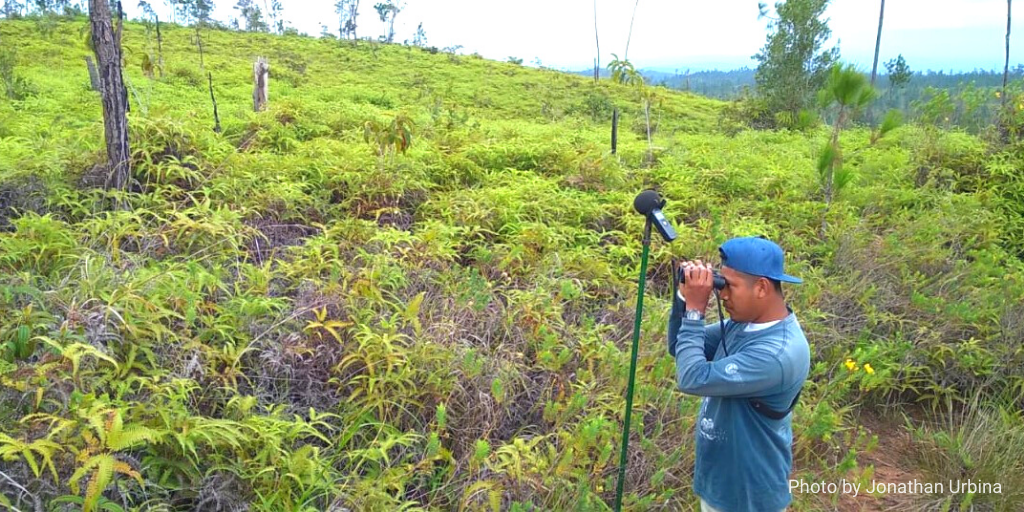 Louis conducting bird surveys. These surveys are carried out every three months in order to document both resident and migrating birds. Point counts are done for 10 minutes and they record every bird seen or heard.
Louis conducting bird surveys. These surveys are carried out every three months in order to document both resident and migrating birds. Point counts are done for 10 minutes and they record every bird seen or heard.
4. How did you meet Steven Brewer? (Editor’s note: Steven is a Wild Earth Allies botanist who leads the Trees of Belize Project, in collaboration with the University of Belize Environmental Research Institute.)
Before anything, I must claim that I nicknamed him “chief,” he has always been a role model for me. Getting to meet him in person was among my greatest dreams.
My first interaction with Dr. Steven Brewer was through the “Plants of Belize” Facebook page. During that time, I was conducting permanent sampling plot (PSP) work in Corozal. I used to post my unknown plants on the page, and he was always willing to help.
Two years ago, I decided to move away from Corozal in search of better opportunities for my career. Those were difficult times for me, but when I told Dr. Brewer that I had been hired by Bull Run LTD in Mountain Pine Ridge, my current workplace, he immediately said “I will help you.”
I finally got to meet him in person when he invited me to be his assistant on a training project he was offering to the Belize Forest Department. I immediately jumped at the opportunity. I always think about that moment like a kid meeting his superhero. After spending time with him in the field, I realize that I also want to become a botanist. Trees are cool!
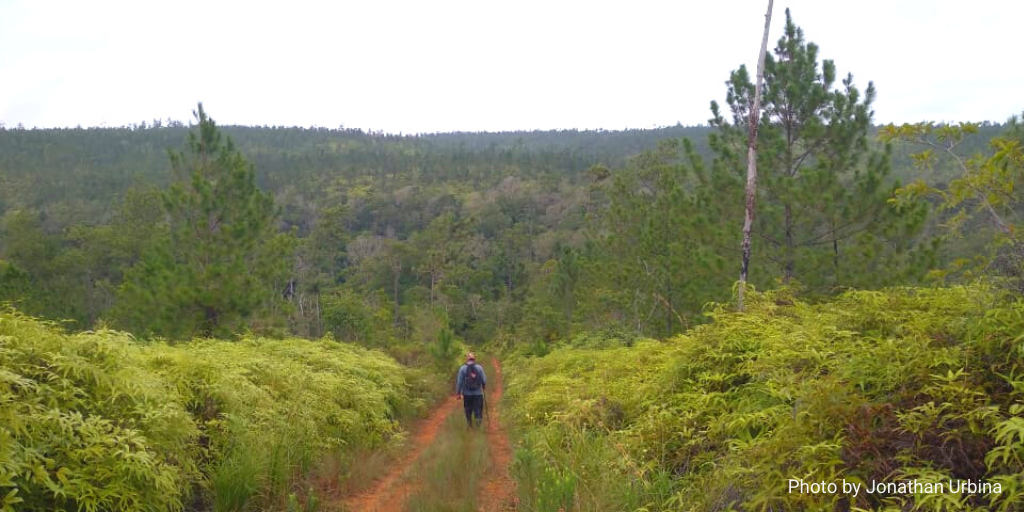 Louis walking to one of their point count stations. This area is a transition between pine forest and riparian forest.
Louis walking to one of their point count stations. This area is a transition between pine forest and riparian forest.
5. Why is it important for younger people to become passionate about conservation?
When I think of young people, I think about our future. We are the ones who will face the upcoming changes to our planet. We must learn to take responsibility at a young age. This is vital so that we can have better opportunities of a brighter future where we can live in harmony with nature once again. Conservation is a collective work and having passionate people provides a lot of hope. I strongly believe that with the technological advances during the last few years we will have so many talented youths dedicated to conservation.
When I talk to young people, I am often approached with the question, “when should conservation have started?” My answer in an ironic way is that conservation should have started yesterday.
My explanation is that if you would ask me this question today, my answer will be yesterday; if you would ask me tomorrow, my answer will still be yesterday and if you would have asked me yesterday, my answer would have still been the same. The truth is that conservation should have started a long time ago.
As a young professional with a humble origin, I want to serve as an example that no matter what your conditions are you should always dream big. I promise you that hard work, passion, dedication and love does pay off. I urge my fellow young people, let’s not wait until it is too late – we must take responsibility.
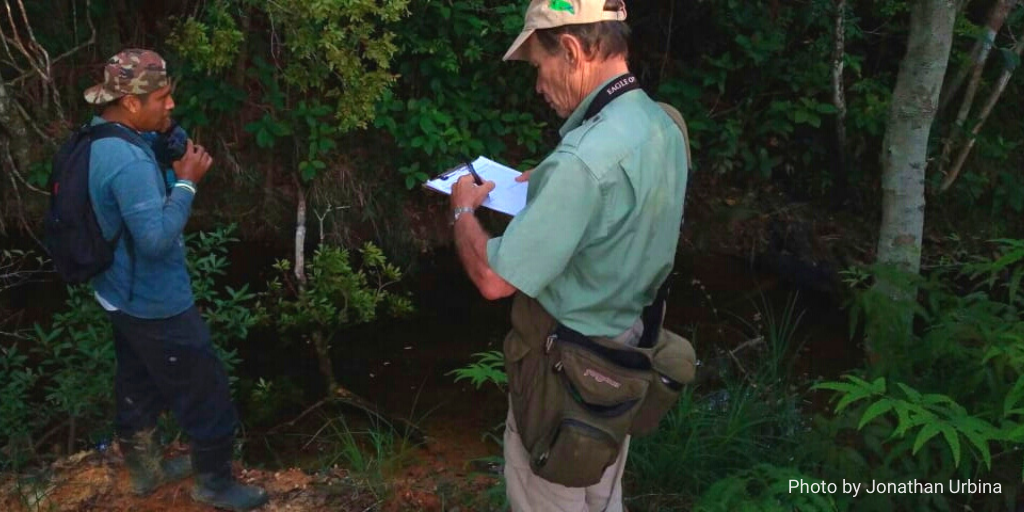 Louis (L) and Lee Jones (R) during efforts conducting vegetation surveys on a riparian forest. The objective is to determine the relationship between bird activity and vegetation by comparing them to different habitats. There are 45 stations in total representing different habitats.
Louis (L) and Lee Jones (R) during efforts conducting vegetation surveys on a riparian forest. The objective is to determine the relationship between bird activity and vegetation by comparing them to different habitats. There are 45 stations in total representing different habitats.
6. As we speak, COVID-19 continues to affect all corners of the world. What has the impact been like in Belize and for your work?
Our economy took a significant hit. Most of my colleagues and friends are now unemployed. Life is not the same after Covid-19 – the hugs, gatherings, birding adventures have all been affected. Families have lost their loved ones.
Fortunately, my work has not been affected much, I have been carrying out my research in Mountain Pine Ridge in a “normal” way. This is one of the places where I can feel safe. The moment when reality hits me is when I must travel home. Everything is different: people wear face masks and all the smiles are now hidden. We must be responsible and protect ourselves. I hope this pandemic is over soon, so that we can all go back to our normal lives.
7. What is something about you or your career path that friends and colleagues may not yet know?
Something that not many people know about me is that before becoming a biologist, I was studying in Mexico to become an optometrist. After one year, I realized that my passion was in nature. I left my scholarship and returned to Belize to study Biology and Natural Resources Management. At that moment, my family and friends were disappointed, but I still believe that it is the best decision that I have made in my life. Currently I have an Associate’s degree but I hope to get the opportunity to further my studies. I want to become a good biologist for my country and do my best to assist in our conservation efforts.
8. You are now working on The Trees of Belize Project. Can you tell us what you’re working on?
In the “Trees of Belize Project,” I am working under the supervision and guidance of Dr. Steven Brewer. My role is to look at plant descriptions that are provided to me by him; extract the multiple characters that describe each species and enter them into a database. The information in the database will then be used to create a [digital] application. This app will be a huge contribution to the botanical knowledge in Belize. I take this job as a learning opportunity that will help me become a better botanist by following the guidance of the “chief.” It is a privilege to form part of this project and work with someone whom I admire so much.
To learn more about the work Wild Earth Allies is doing in Belize, please visit www.wildearthallies.org. And please consider supporting our work. Donate today.

